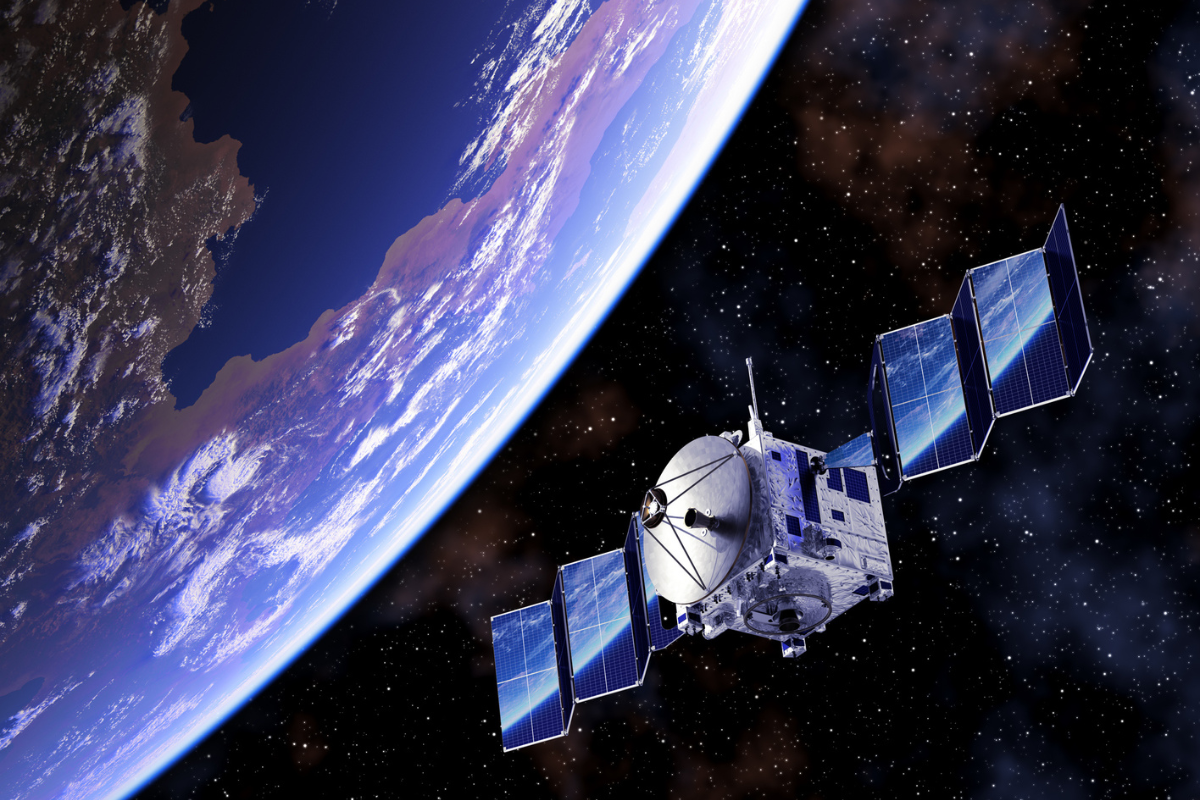British-Algerian research team conducts six-year experiment in space.
Solar panels cannot produce electricity at night, a common and understandable criticism of this renewable energy source. Yields can also be limited depending on the time of year and weather. Solar power plants in space could change this because they are not dependent on day and night cycles and other terrestrial influences. In addition, solar radiation in space is much more intense than on Earth. This type of energy generation is currently being researched worldwide, for example, by the European Space Agency ESA and in Japan. China plans to implement its first projects as early as 2028.
One of the challenges here is finding a suitable material because this should be as light, efficient, and inexpensive to manufacture as possible to work economically. In addition, the material must withstand the harsh environmental conditions in space, such as extreme temperatures and radiation.
Large-area and extremely lightweight thin-film solar cells made of the semiconductor material cadmium telluride, vapor-deposited on ultra-thin glass, have now proven suitable candidates. Similar models are also used on Earth but have lower efficiency and market share than the widely used silicon-based modules. The newly developed solar modules orbited the planet on a satellite for six years, over 30,000 Earth orbits. The Universities of Surrey and Swansea in the United Kingdom conducted the first study in the field in collaboration with the British and Algerian space agencies. Compared with current space-qualified photovoltaic technologies, the performance of the new cadmium telluride solar cells is much higher at a lower cost, according to the study in the journal Acta Astronautica.
Space Test as Foundation for Further Development of the Technology
Data analysis shows that the panels withstood radiation and their thin-film structure did not degrade under conditions in space, says Craig Underwood, professor emeritus of space engineering at the Surrey Space Centre. However, he said, the performance also degraded over time, which needs to be optimized as the technology continues to develop. Still, the researchers see their results as proof of solar power satellites’ viability and potential commercial use. The successful spaceflight test has opened funding opportunities for further development, said Dr. Dan Lamb of Swansea University.
But an infinitely greater challenge on the road to solar farms in space could be transmitting power to Earth. A first successful test was recently achieved by researchers at the California Institute of Technology in the U.S. using microwaves.
Photo: iStock/3DSculptor


